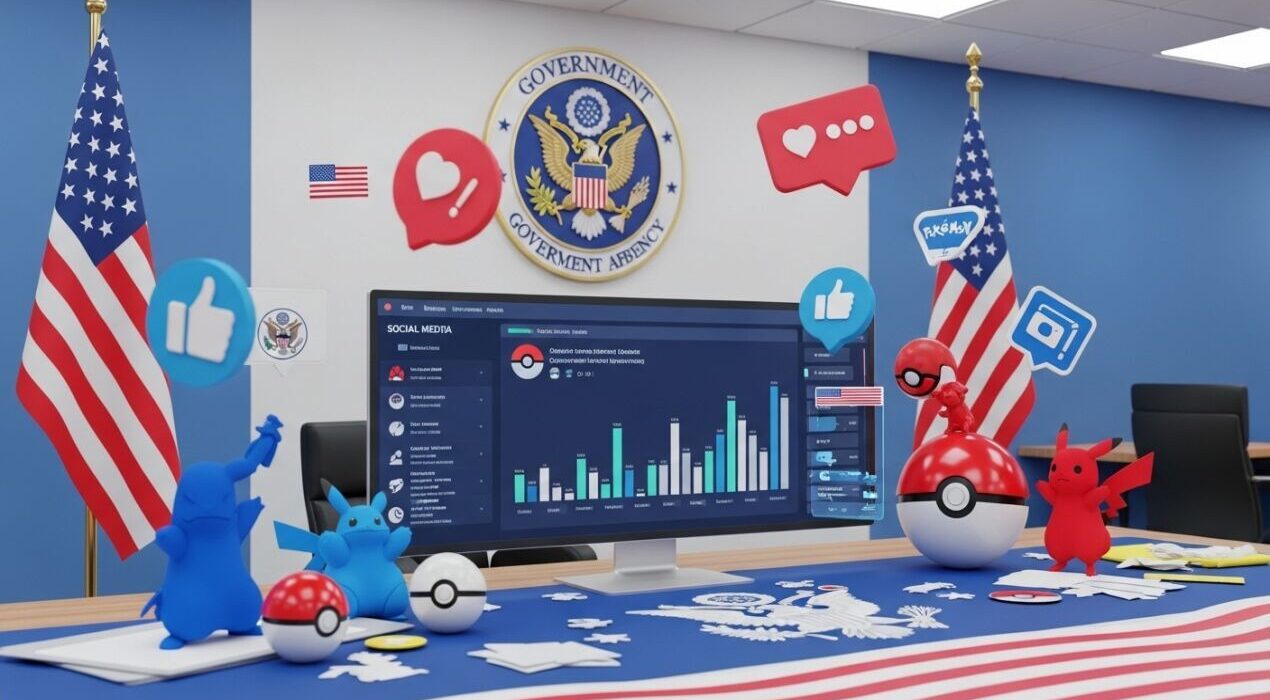In an unexpected move, the U.S. Department of Homeland Security (DHS) recently turned to pop culture to grab attention online. A Pokémon-themed social media post, featuring familiar characters and playful captions, was used to highlight recent apprehensions made by the agency. The post quickly gained traction, with many users amused by the creative approach while others questioned whether such lighthearted content was appropriate for a serious agency.
The campaign’s purpose was clear: to make complex or sensitive information more engaging for the general public. By tapping into nostalgia and humor, DHS aimed to spark conversations and increase awareness around its operations. Social media users, particularly younger audiences, responded in large numbers, sharing memes and debating the effectiveness of the strategy.
While some praised the department for breaking away from traditional, formal announcements, critics argued that using Pokémon trivialized the seriousness of immigration enforcement and border security. The clash of opinions mirrors a larger trend in digital communication, where government agencies increasingly experiment with memes, pop culture references, and internet trends to stay relevant.
Communication experts note that the line between informative and entertaining can be difficult to balance. On one hand, creative strategies ensure visibility in an oversaturated digital space; on the other, they risk undermining institutional credibility.
Despite the criticism, the Pokémon-themed post achieved its immediate goal—sparking engagement and drawing widespread attention to Homeland Security’s message. Whether this approach becomes a regular feature of government communication or remains a one-time experiment, it highlights how even serious institutions now recognize the power of internet culture.
When Government Agencies Use Pop Culture to Engage Online




